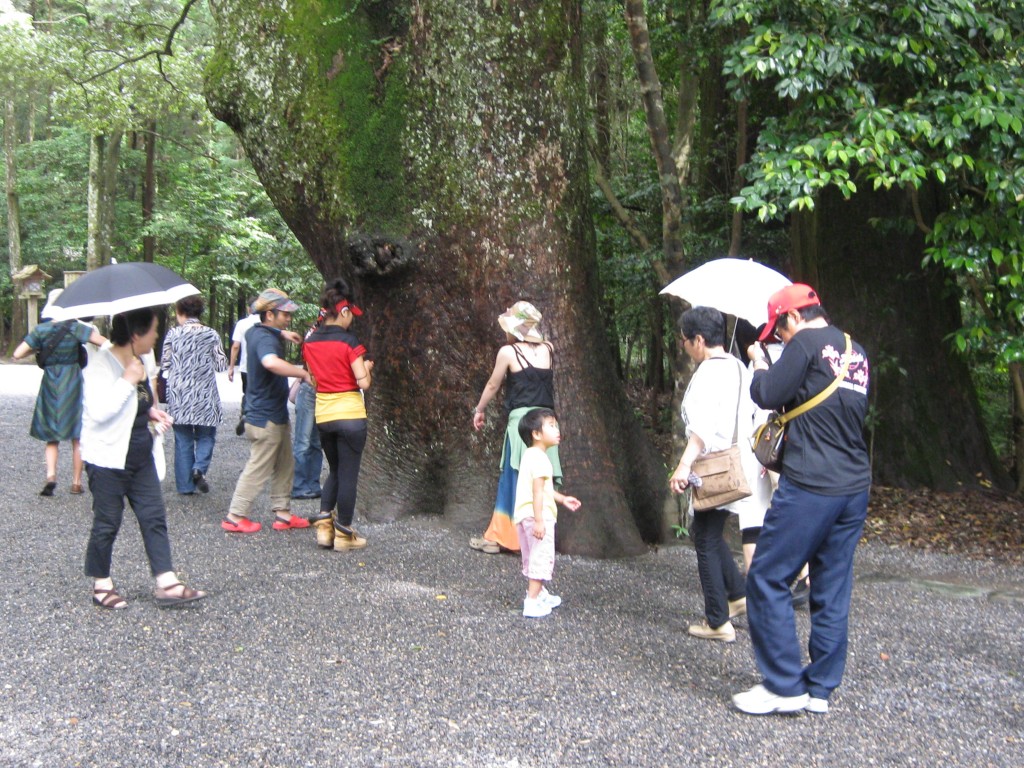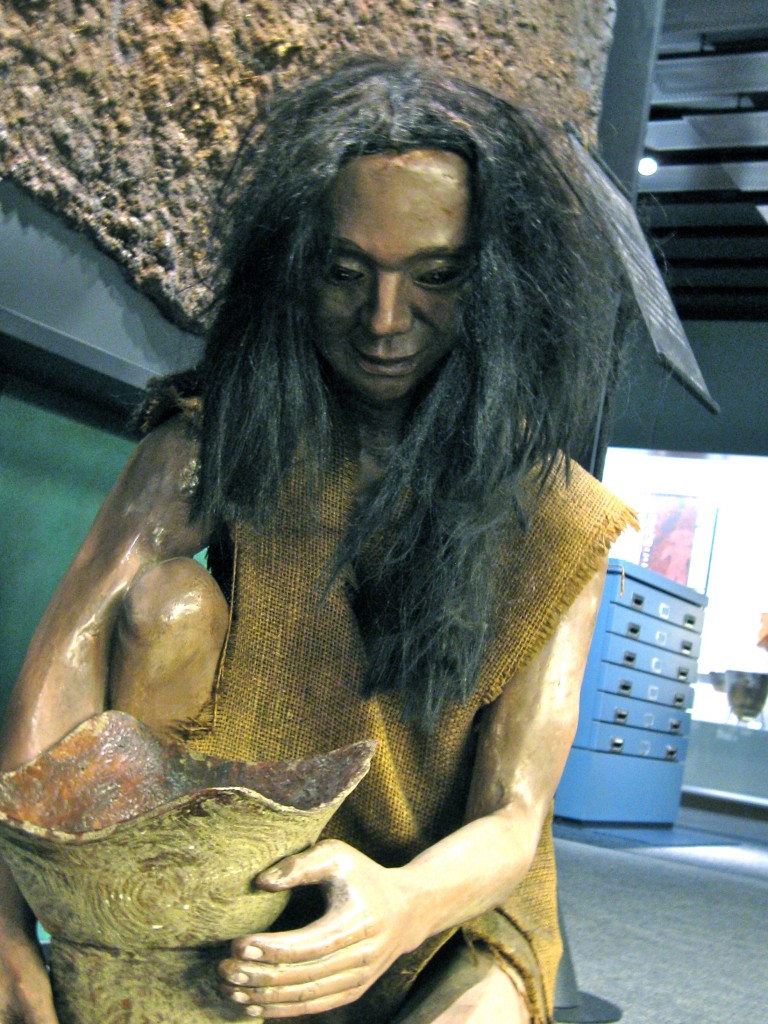This news item seemed so unlikely I had to re-post it… English and Japanese share a common linguistic origin?!! It certainly didn’t strike me that way when trying to learn the language. But according to British scientists it seems they might go back to a common root… something sure to irk those who prefer to think of themselves as linguistically unique.
One striking recent example of linguistic nationalism is Tokyo governor, Mr Inose, who managed to insult the Turkish nation in spectacular style while talking down their Olympics bid. The Japan Times reports: “After the article came out, Mr. Inose tried to retract the content by claiming that Japanese is a unique language impossible to translate or contextualize…” Someone should draw his attention to the article below!
*************************************************
European and Asian languages traced back to single mother tongue
Eurasiatic languages from Portugal to Siberia form ‘superfamily’ with root in southern Europe 15,000 years ago, scientists claim
Ian Sample, science correspondent
The Guardian, Monday 6 May 2013

Visitors to Ise Jingu stripping bark off a sacred tree as a keepsake - could that be one of the reasons why the word for bark seems to have ancient roots in a proto-language 15,000 years ago...
Languages spoken by billions of people across Europe and Asia are descended from an ancient tongue uttered in southern Europe at the end of the last ice age, according to research.
The claim, by scientists in Britain, points to a common origin for vocabularies as varied as English and Urdu, Japanese and Itelmen, a language spoken along the north-eastern edge of Russia.
The ancestral language, spoken at least 15,000 years ago, gave rise to seven more that formed an ancient Eurasiatic “superfamily”, the researchers say. These in turn split into languages now spoken all over Eurasia, from Portugal to Siberia.
“Everybody in Eurasia can trace their linguistic ancestry back to a group, or groups, of people living around 15,000 years ago, probably in southern Europe, as the ice sheets were retreating,” said Mark Pagel, an evolutionary biologist at Reading University.
Linguists have long debated the idea of an ancient Eurasiatic superfamily of languages. The idea is controversial because many words evolve too rapidly to preserve their ancestry. Most words have a 50% chance of being replaced by an unrelated term every 2,000-4,000 years.
But some words last much longer. In a previous study, Pagel’s team showed that certain words – among them frequently used pronouns, numbers and adverbs – survived for tens of thousands of years before other words replaced them.
For their latest study, Pagel used a computer model to predict words that changed so rarely that they should sound the same in the different Eurasiatic languages. They then checked their list against a database of early words reconstructed by linguists. “Sure enough,” said Pagel, “the words we predicted would be similar, were similar.”
Writing in Proceedings of the National Academy of Sciences, the authors list 23 words found in at least four of the proposed Eurasiatic languages. Most of the words are frequently used ones, such as the pronouns for “I” and “we”, and the nouns, “man” and “mother”. But the survival of other terms was more baffling. The verb “to spit”, and the nouns “bark” and “worm” all had lengthy histories.
“Bark was really important to early people,” said Pagel. “They used it as insulation, to start fires, and they made fibres from it. But I couldn’t say I expected “to spit” to be there. I have no idea why. I have to throw my hands up.”
Only a handful of verbs appear on the list, but Pagel points out “to give”, which appeared in similar form in five of the Eurasiatic languages. “This is what marks out human society, this hyper-co-operation that we do,” he said.
From their findings, the scientists drew up a family tree of the seven languages. All emerged from a common tongue around 15,000 years ago, and split off into separate languages over the next 5,000 years.
“The very fact that we can identify these words that retain traces of their deep ancestry tells us something fundamental about our language faculties. It tells us we have this ability to transmit highly complicated and precise information from mouth to ear over tens of thousands of years,” said Pagel.

Back to the roots... did Jomon potters use a language closer linguistically to that of Europe at the time of the Ice Age?

I finally found where your Shinto Shrines book is being sold at my local Kinokuniya, so I’m going to pick it up either this afternoon or tomorrow, hopefully! I took a quick look through by way of Amazon and noticed that it’s full of interesting information about the shrines themselves, but not as much about what goes on at the shrines. I could be wrong, since they only give a small sampling, but just in case I’m right – would you ever consider writing a book about an entire year’s worth of matsuri at a small shrine?
Everyone knows about natsumatsuri, and possibly hatsumoude at your average shrine, but what about the smaller festivals that happen, that go overlooked even by a lot of Japanese? Or a year in the life of a shrine family? What does a head priest do from sunrise to sundown every day in the way of Shinto ritual? What about miko? I seem to read a lot about their importance as shamans in ancient times, but are they really now reduced to just college students trying to make a few extra bucks while dressing in hakama, selling omamori and sweeping the grounds?
Inquiring minds whose Japanese reading ability isn’t as up to snuff as it could be would LOVE to know! :)
Thank you for the interest. It would certainly be good to list all the activities at various shrines but that would take an awful lot of research and be very time consuming. John Nelson spent a year at a shrine and detailed all the rites and festivities there
in his book ‘A Year in the Life of a Shinto Shrine’. Perhaps that’s the book you’re seeking… It would tell you about the role of miko too….